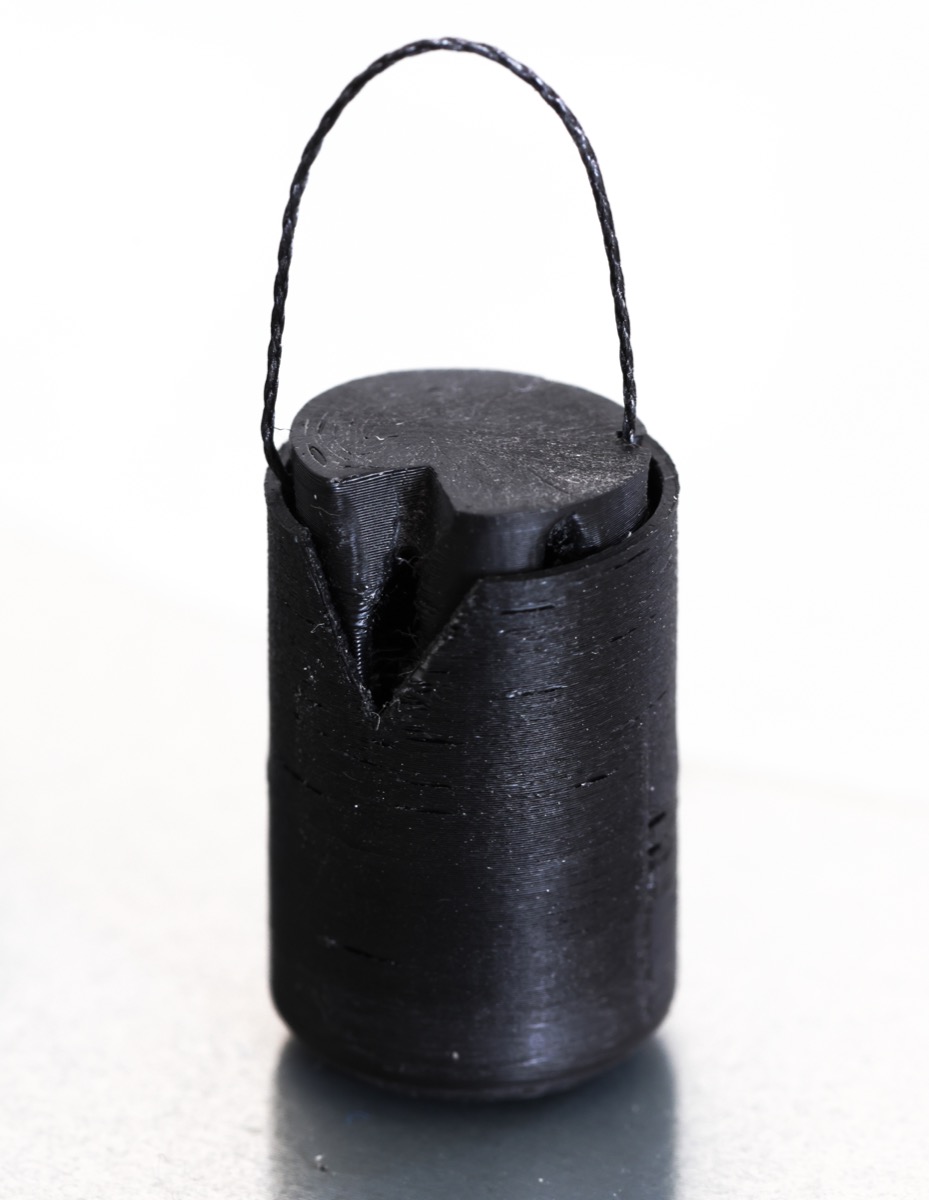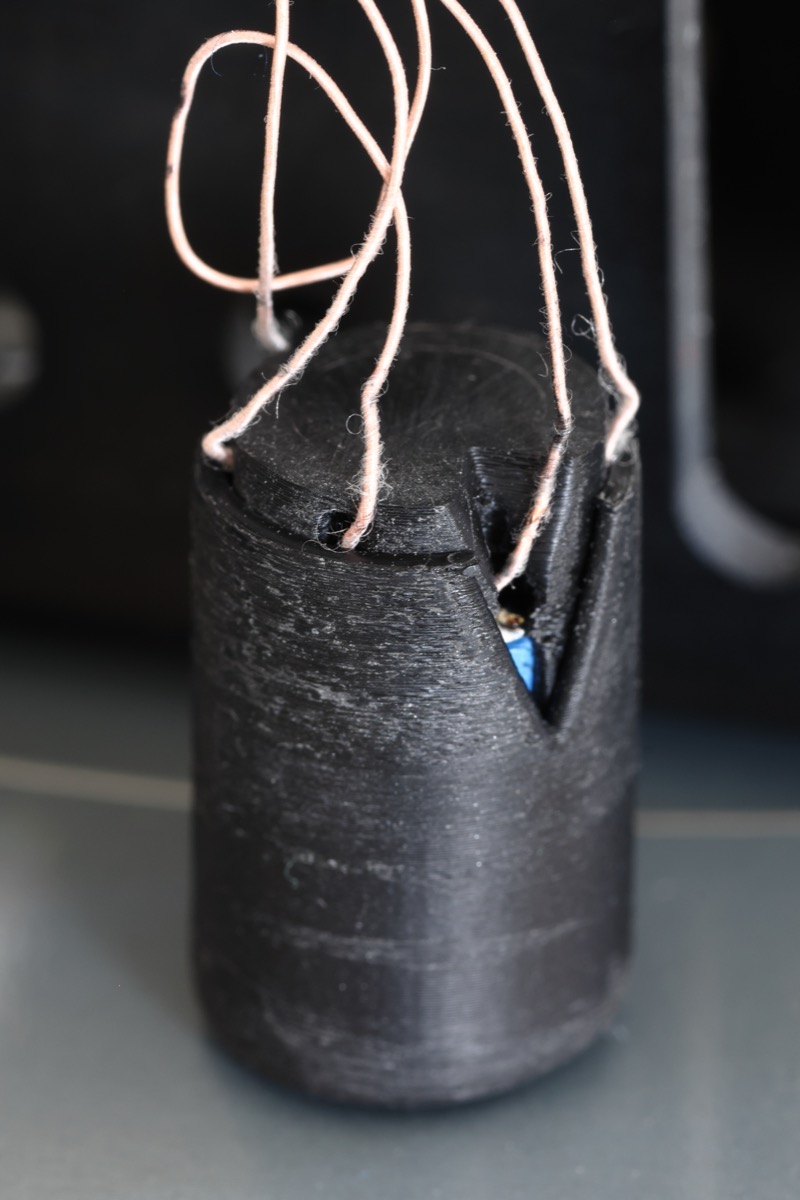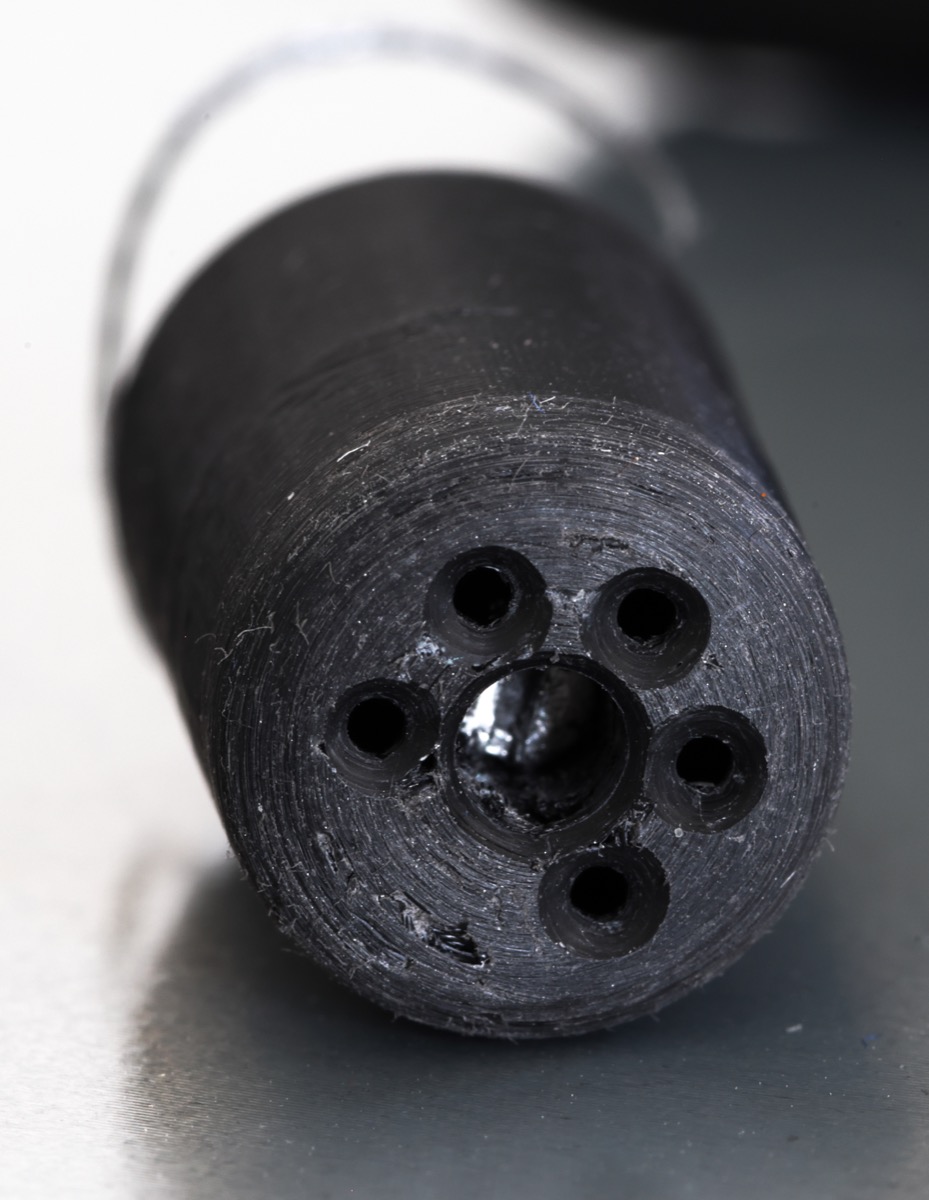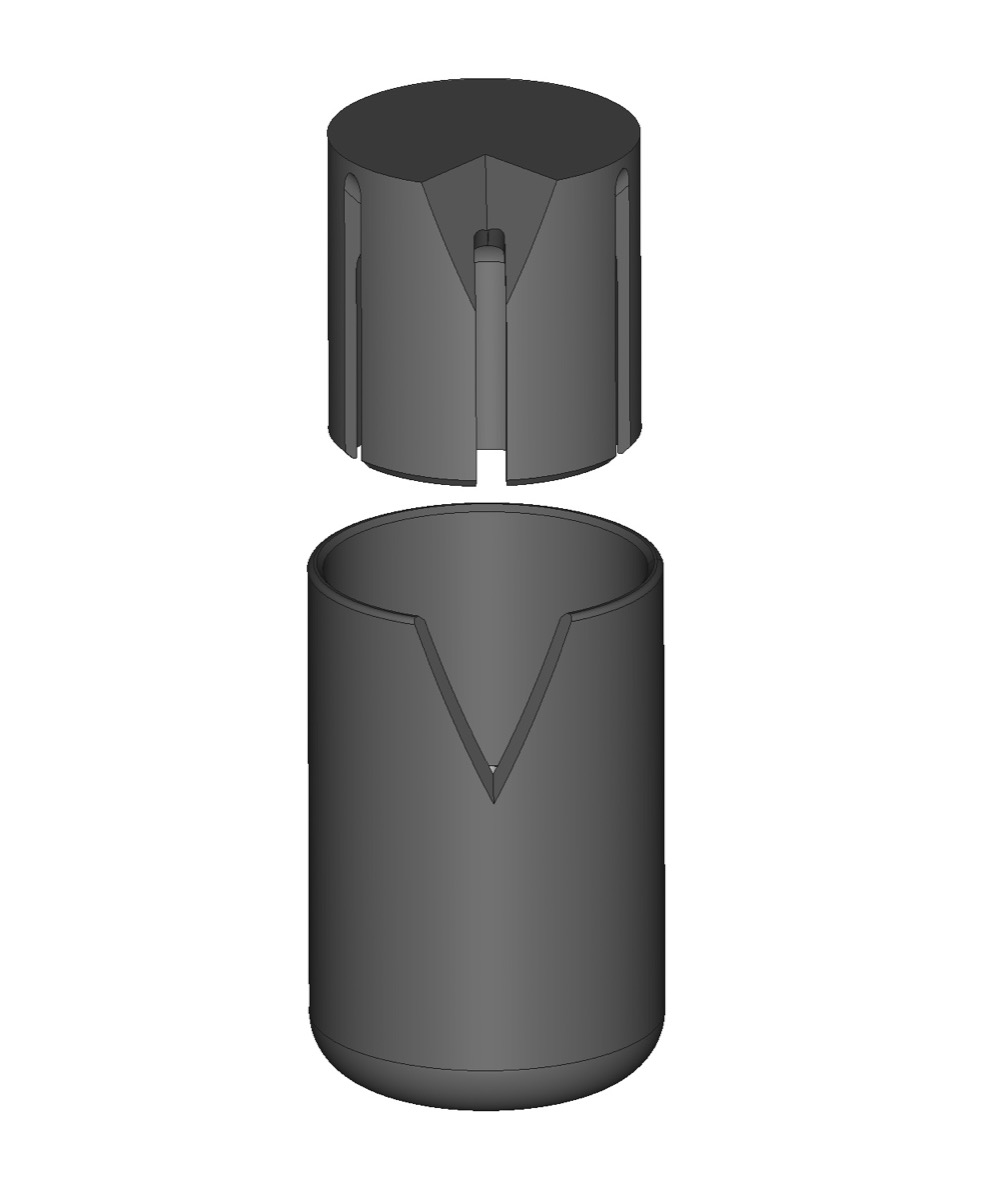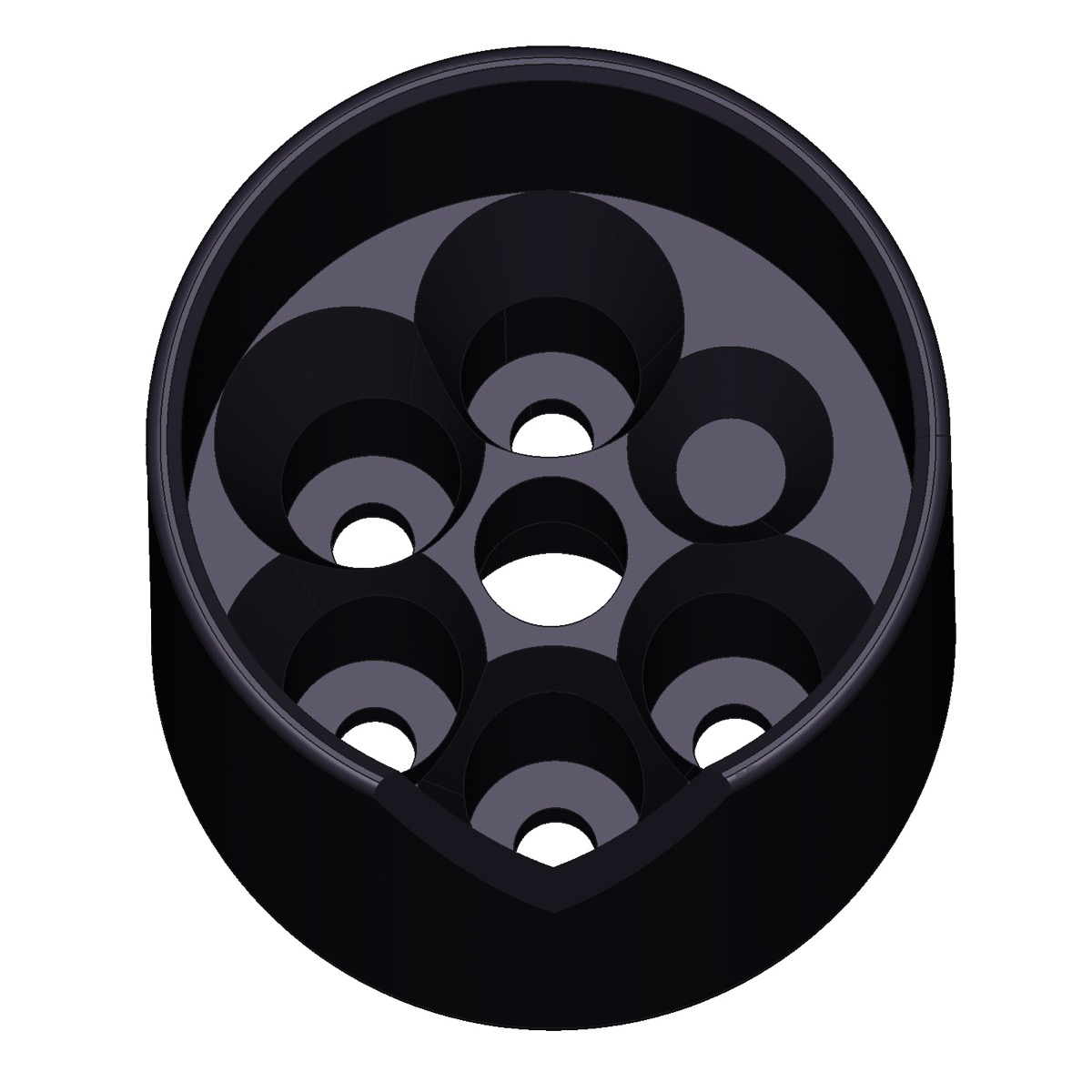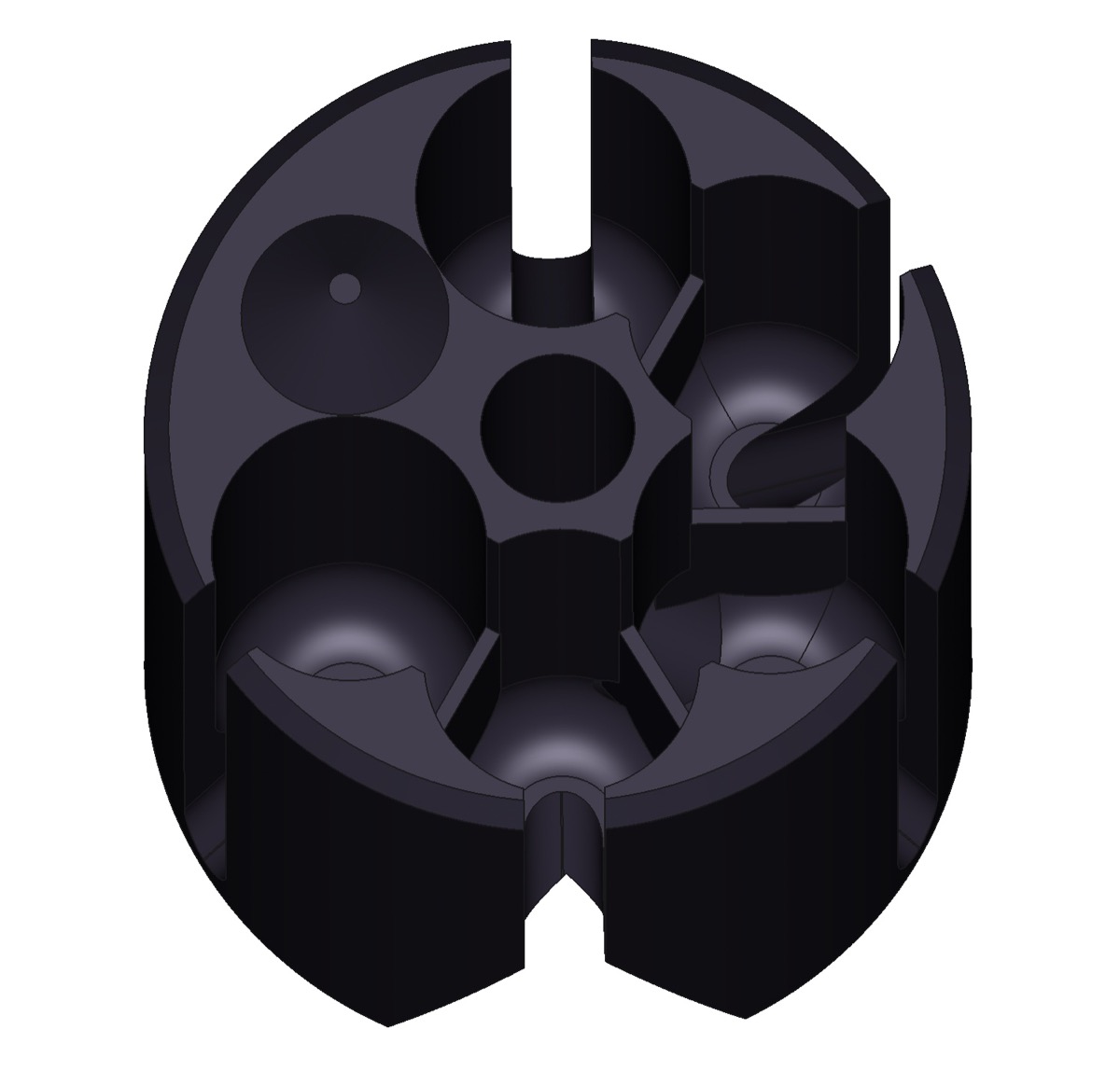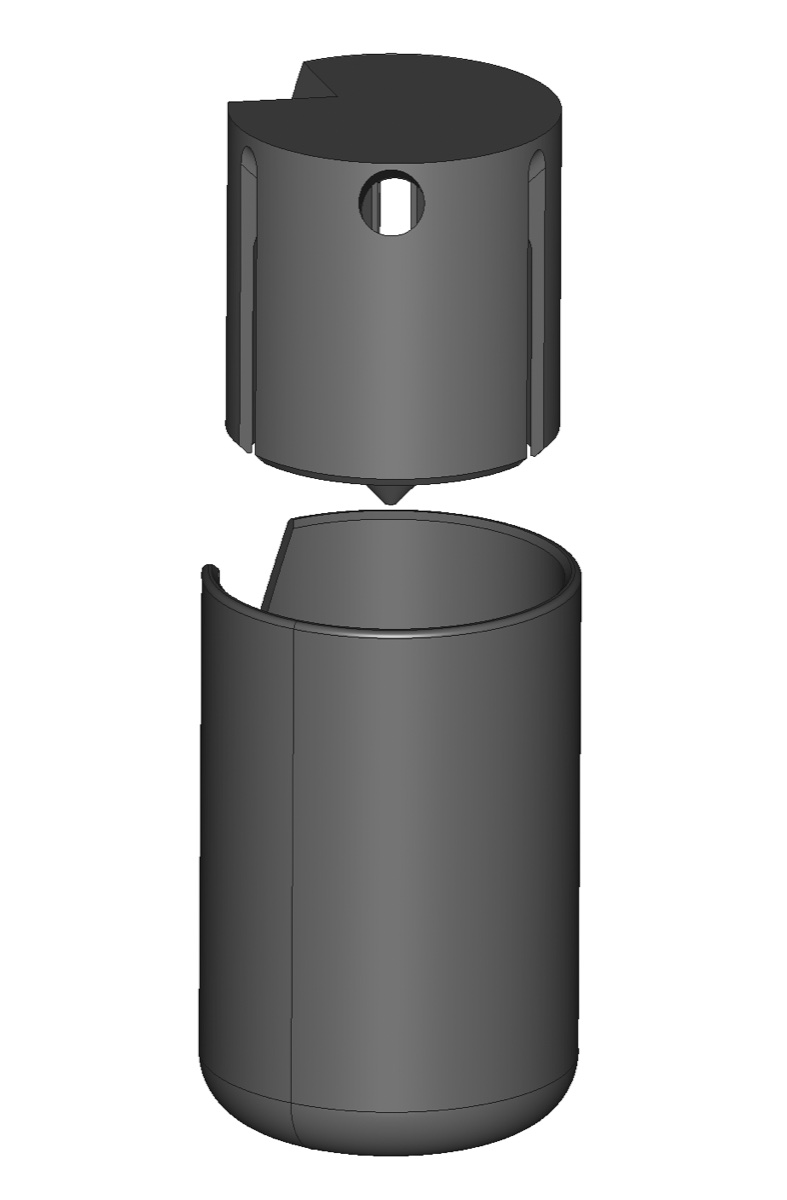sonddek
Trade: SUPATRAC
The first 'Silbervogel' is in service.
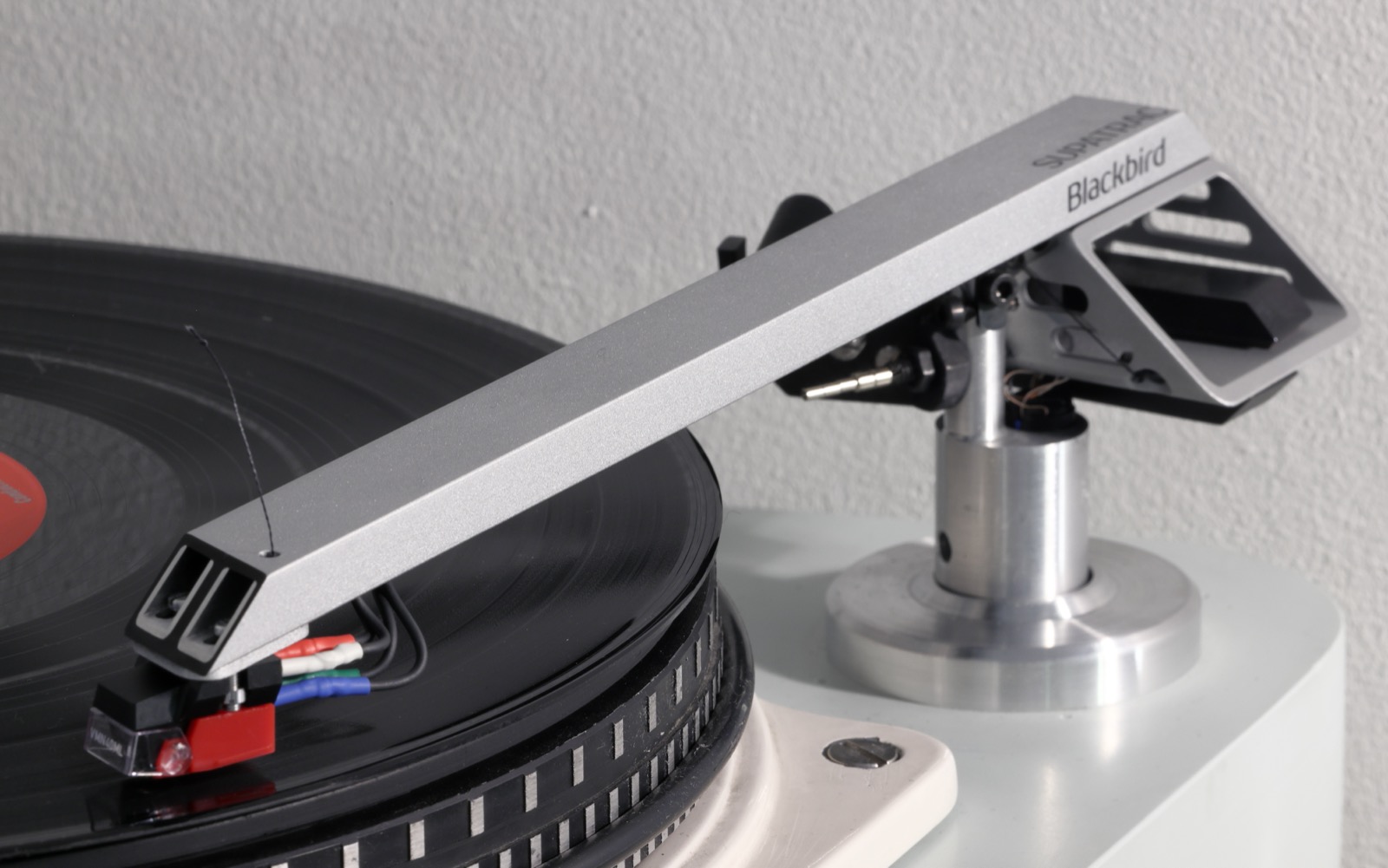
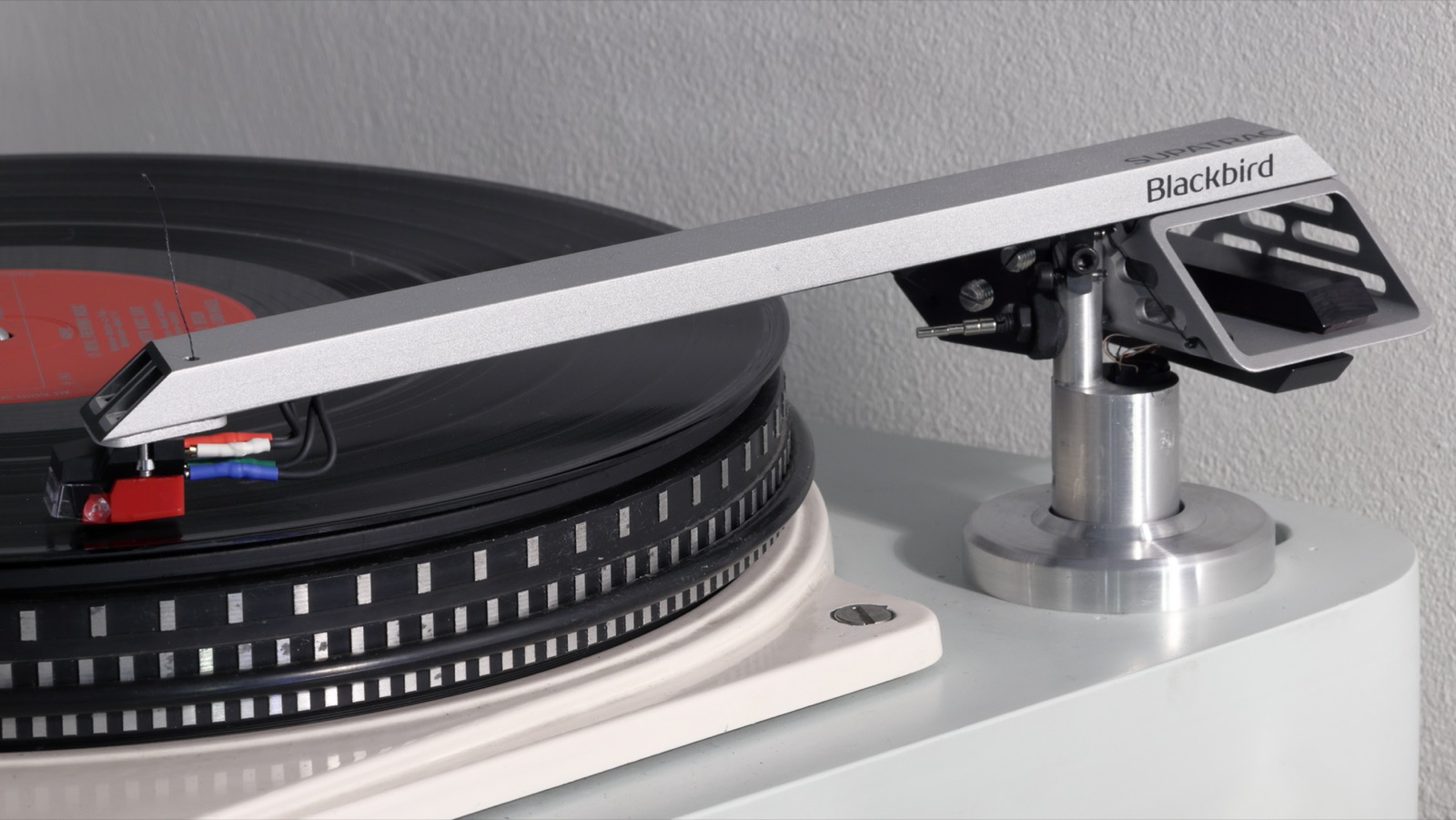
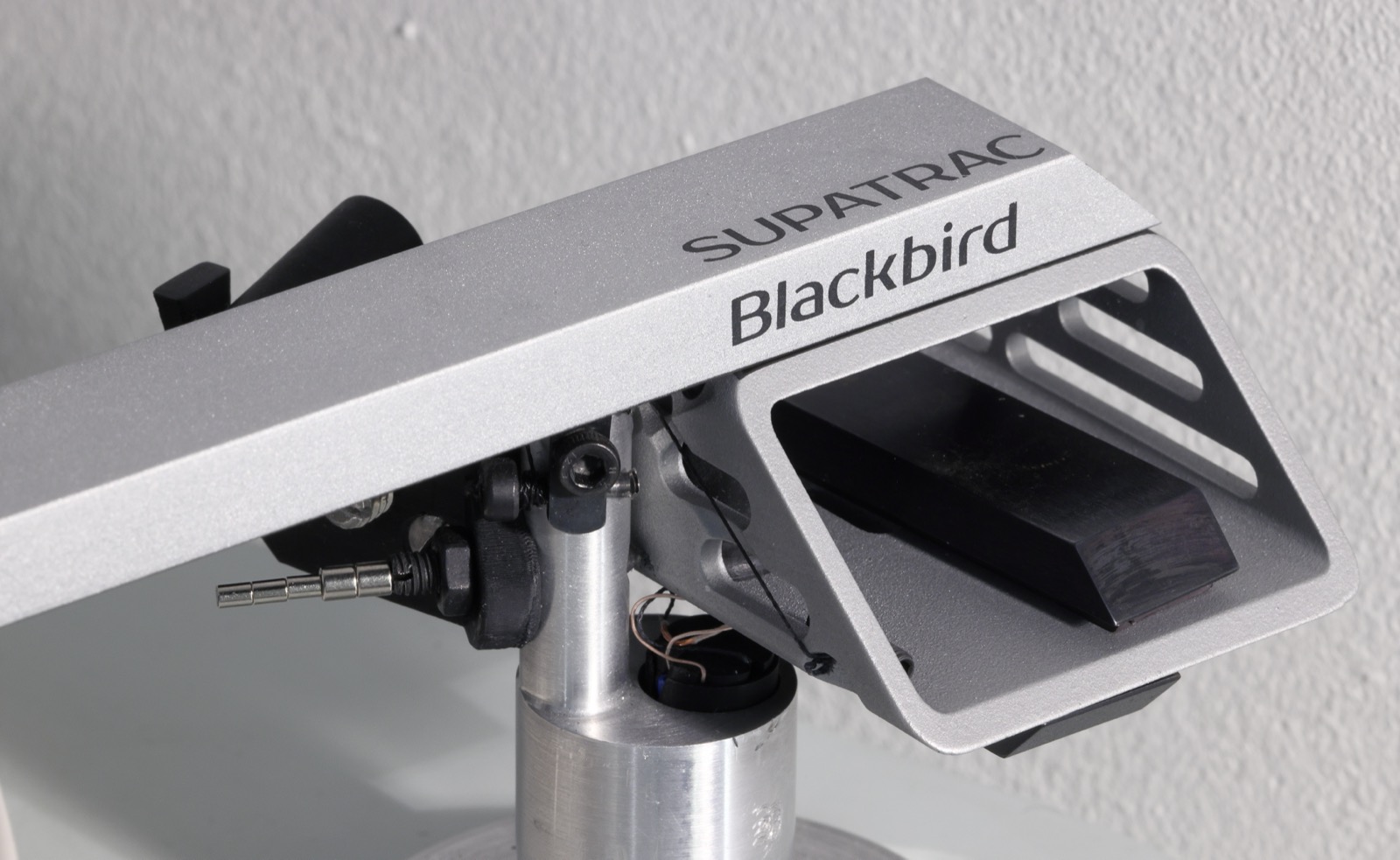
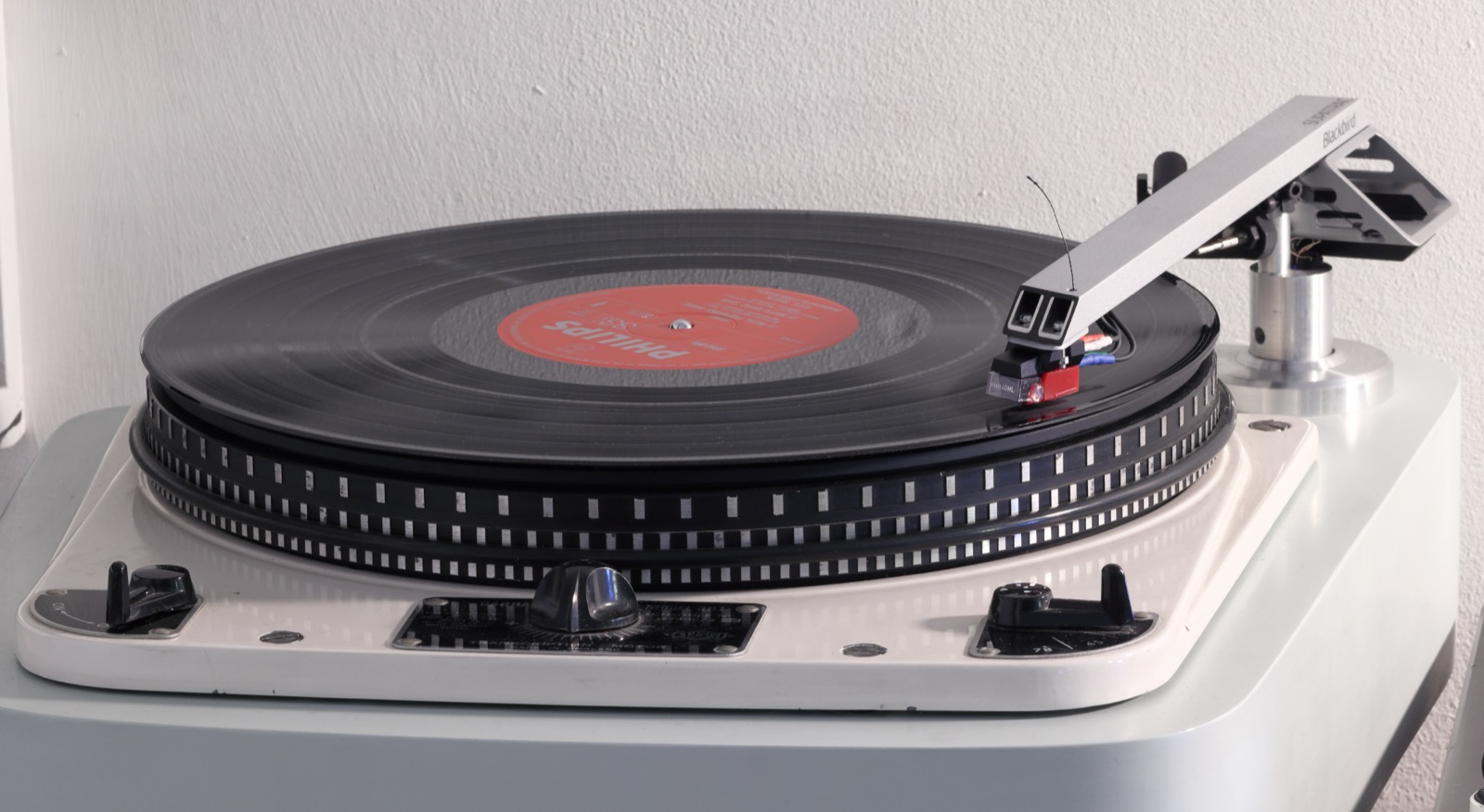
The pillar and base in these pictures are old ones. Current silver pillars are a grit-blasted aluminium finish which is very similar to the painted arm.
I expect that I will prefer further silver arms to be painted silver rather than polished at the headshell end, so the black carbon-fibre/aluminium sandwich will probably not be visible.
Counterweights will be silver too, unlike these.
I think the 'Silbervogel' looks better than black on my Garrard 301 which has a bright colour scheme. I think it will also look quite smart on a black Linn arm-board. It may be that Technics 1200 users prefer silver and 1210 users prefer black.
I intend to offer custom colours using Cerakote colours or mixtures, but I will have to charge an additional fee, first to get the Cerakote in, and also for the one-off painting job.




The pillar and base in these pictures are old ones. Current silver pillars are a grit-blasted aluminium finish which is very similar to the painted arm.
I expect that I will prefer further silver arms to be painted silver rather than polished at the headshell end, so the black carbon-fibre/aluminium sandwich will probably not be visible.
Counterweights will be silver too, unlike these.
I think the 'Silbervogel' looks better than black on my Garrard 301 which has a bright colour scheme. I think it will also look quite smart on a black Linn arm-board. It may be that Technics 1200 users prefer silver and 1210 users prefer black.
I intend to offer custom colours using Cerakote colours or mixtures, but I will have to charge an additional fee, first to get the Cerakote in, and also for the one-off painting job.


